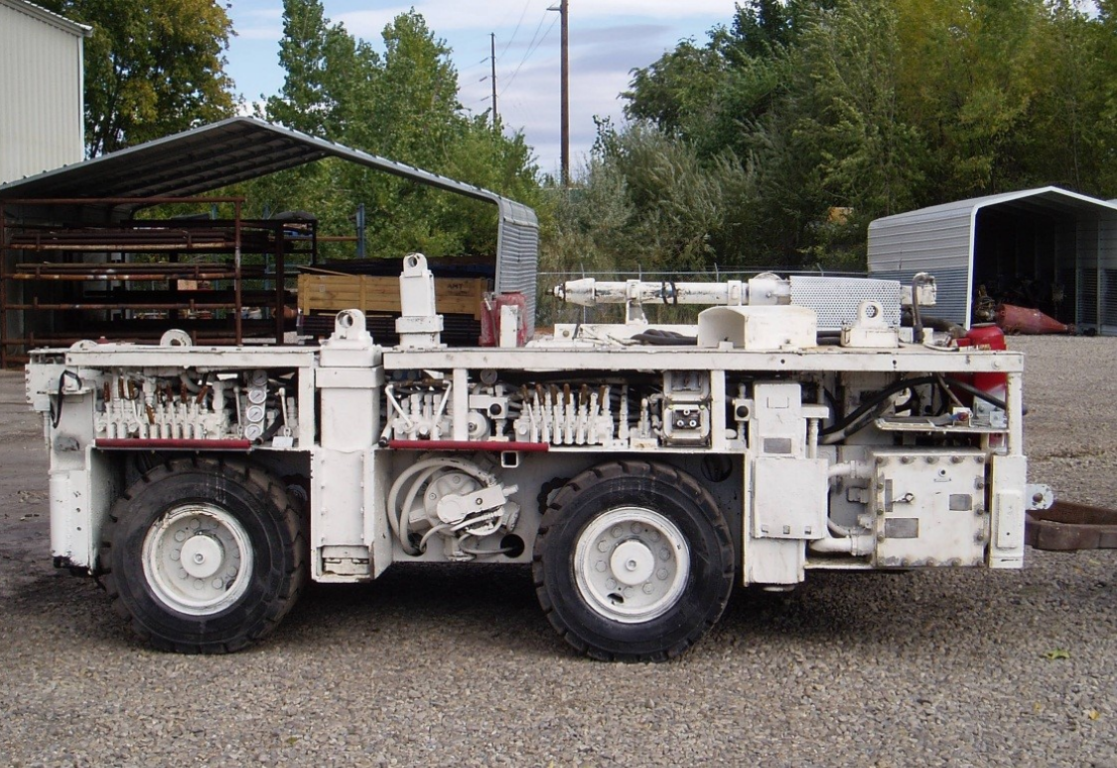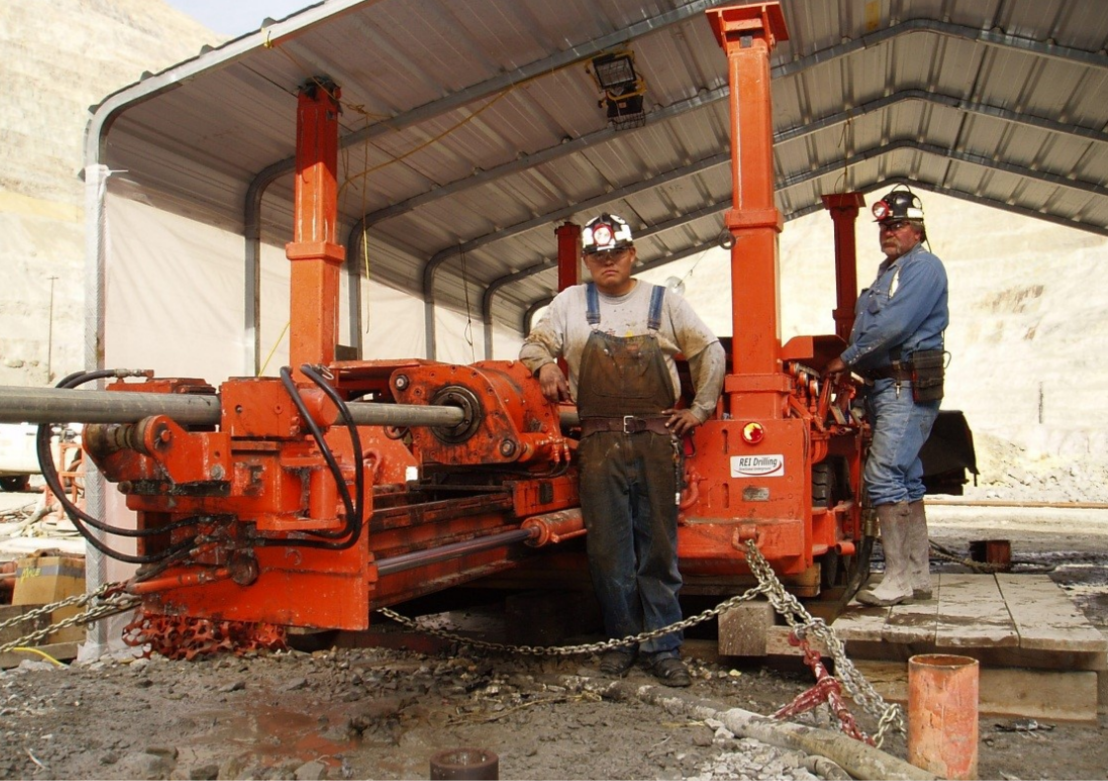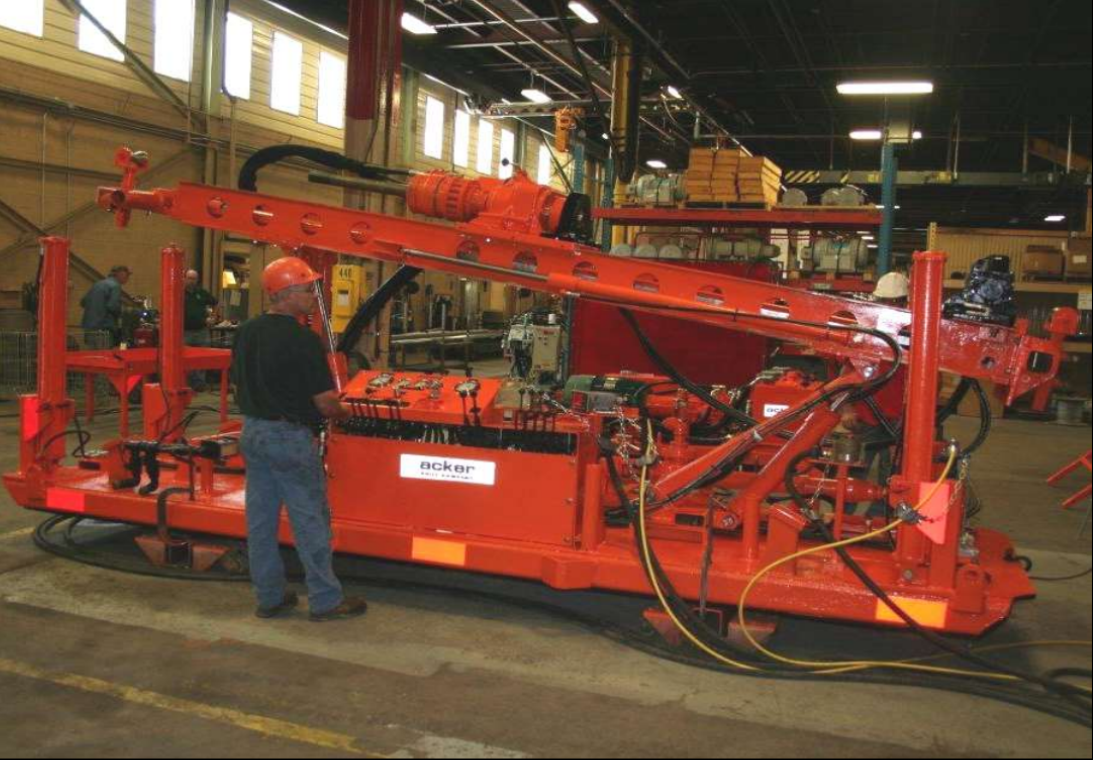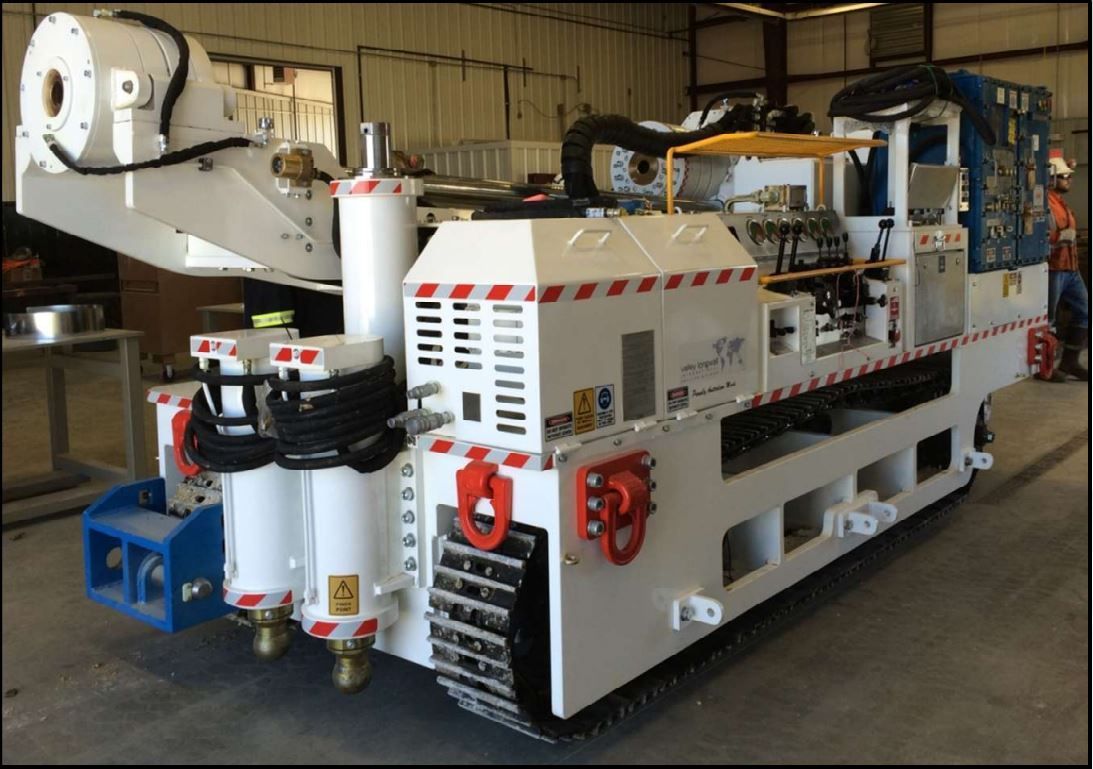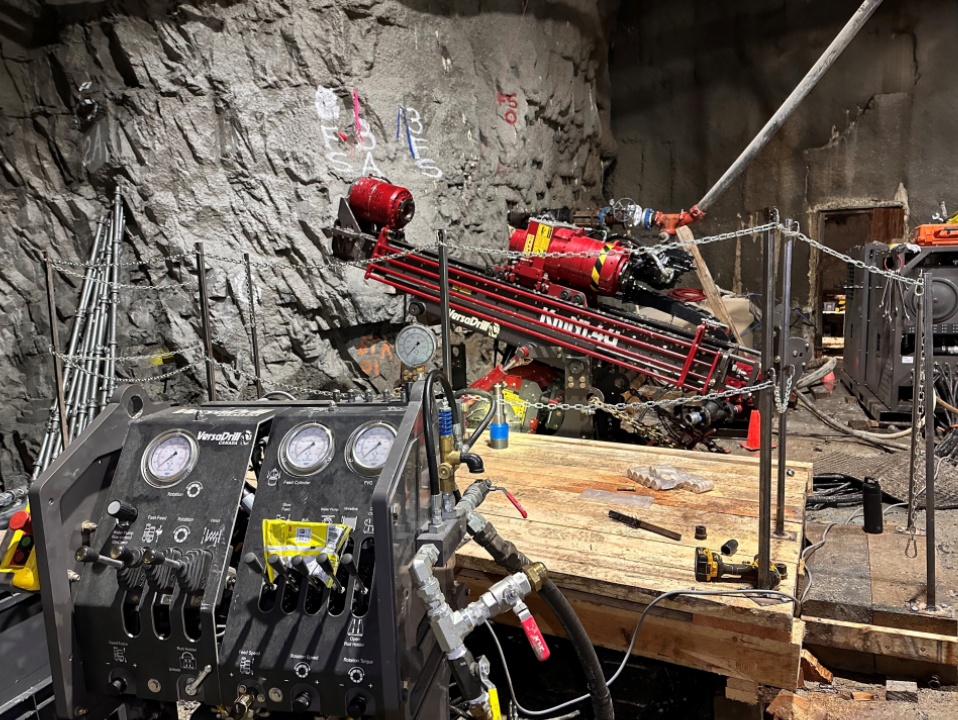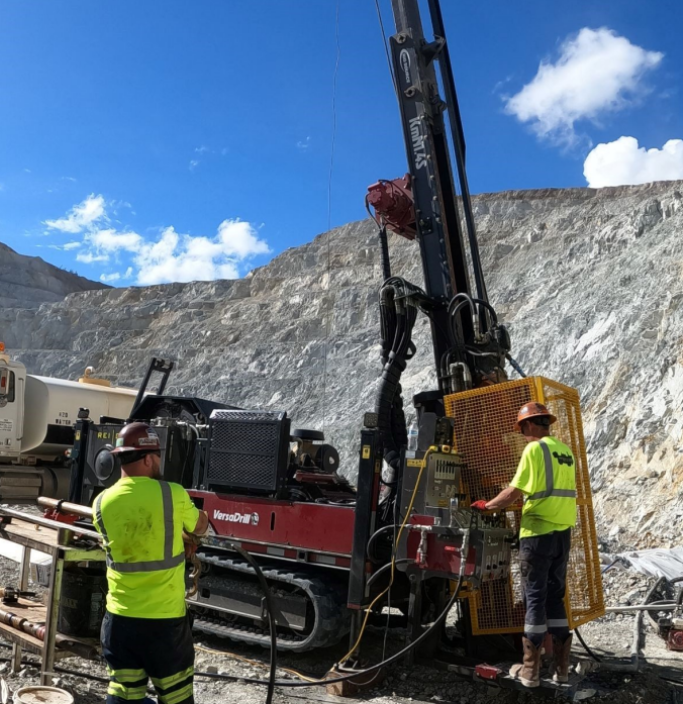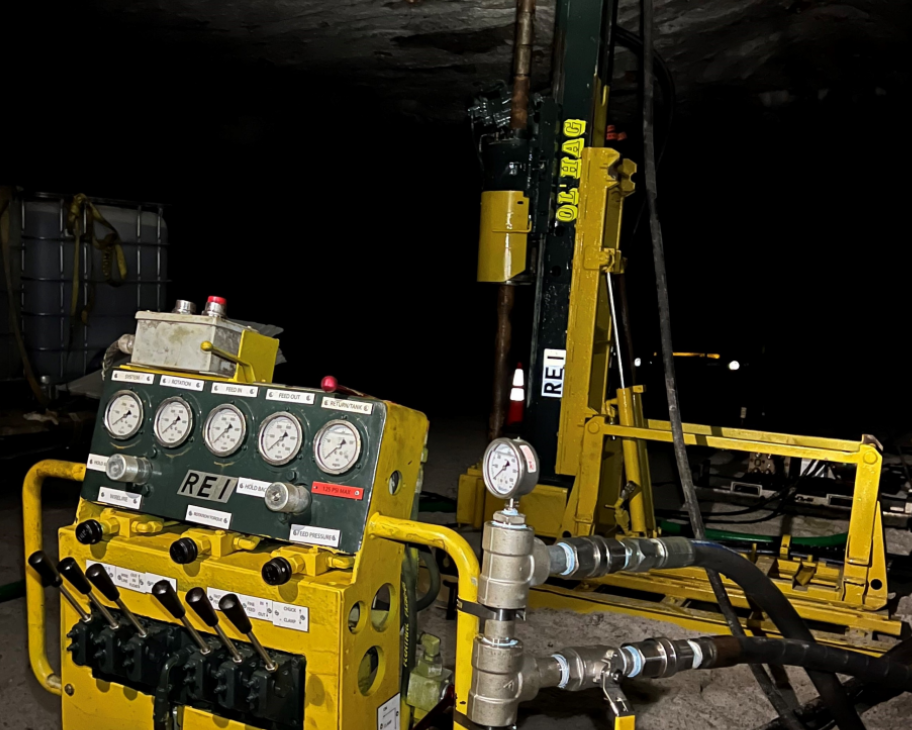Abandoned Mine Verification
As demand for coal increases and reserves are depleted, new and existing mines seek to maximize coal recovery adjacent to mined out workings which are often not well charted. In order to avoid unwanted interception of old poorly charted abandoned workings and mitigate the potential of an accidental inundation, mine safety regulators have identified in-seam directional drilling as the best practice to verify the absence or presence of abandoned workings in advance of mining relative to conventional face drilling techniques. In-seam directional drilling is a proactive means of exploration as this technique verifies coal continuity over a significant distance in advance of mining. Strategically placed long in-seam boreholes in advance of mining can verify large reserves near old workings and provide invaluable and timely information to allow coal operators to develop optimum plans to maximize coal recovery. In-seam directional drilling for Abandoned Mine Verification can be performed from existing underground workings, or from surface using surface to in-seam directional drilling techniques.
In-Seam
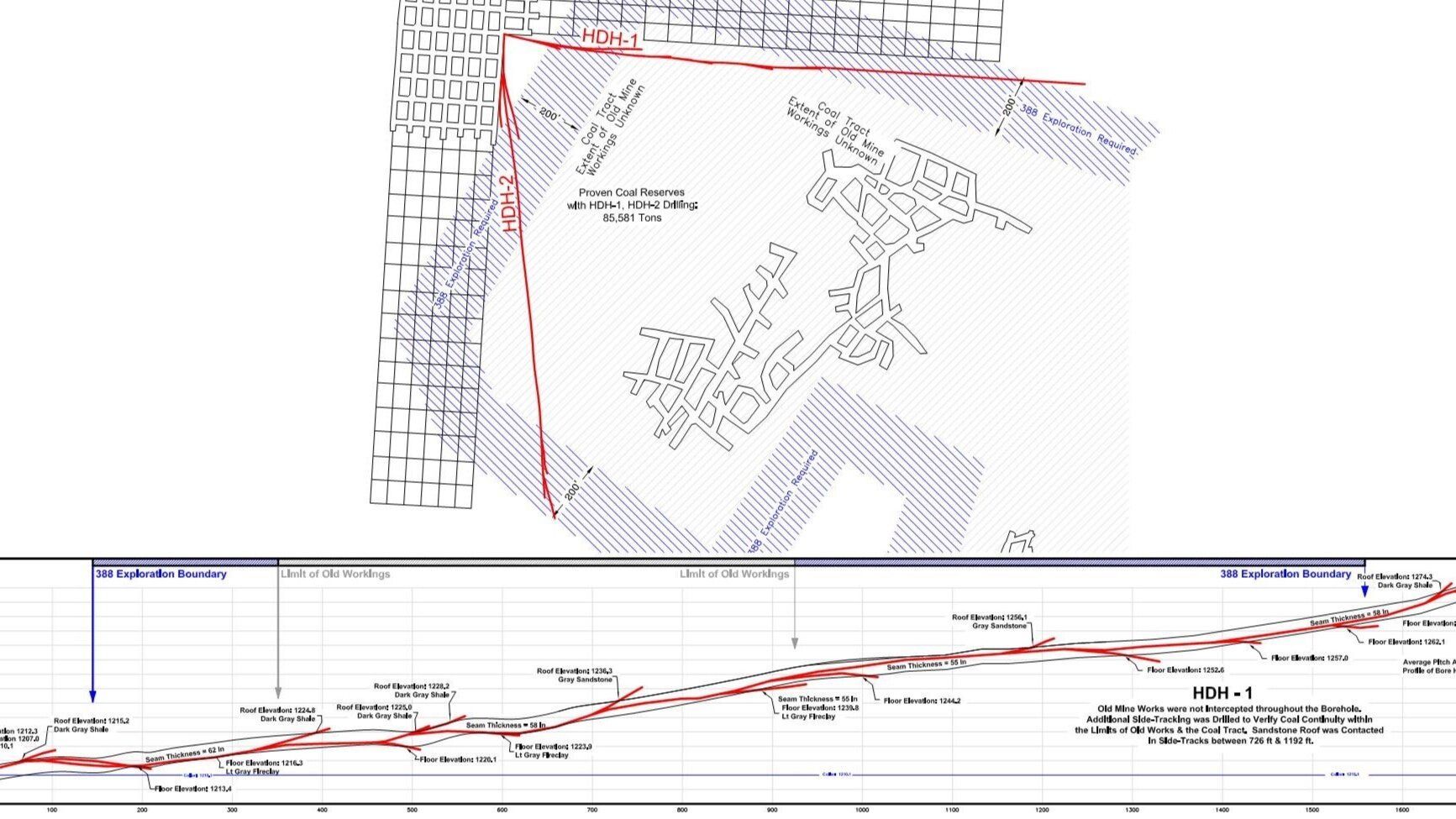 Download Case Studies
Download Case StudiesMining regions that have had extensive activity, such as the Appalachian coal fields in the U.S., have incomplete archives and cannot accurately specify the location of old mine workings. In this region, auger mining, or drift mining from outcrops has been extensive and modern mining operations must navigate away from these potentially water-filled workings. MSHA guidelines (30 CFR 75.388) require that mines developing near old works drill at frequent intervals from developments to ensure that the new workings are driven sufficiently away from the abandoned ones. As an alternative to traditional fan-pattern drilling, REI uses directional holes to verify reserves and the extent of old works well in advance. Drilling can be performed from underground, from the surface, or from seam-to-seam.
Surface to In-Seam
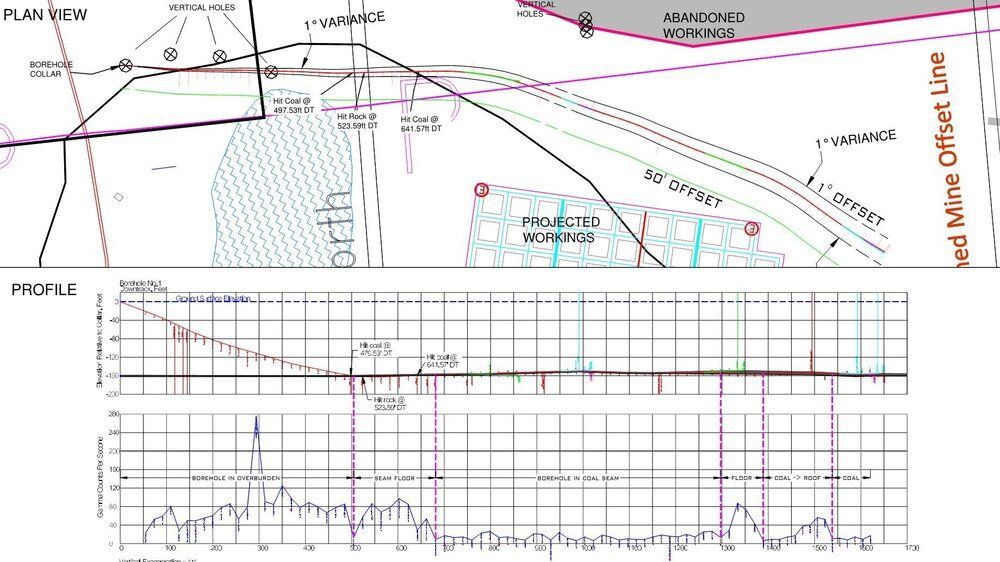 Download Case Studies
Download Case StudiesSurface to in-seam directional drilling is a specialized technique used to intersect and verify the presence and extent of abandoned mine workings from the surface. By steering the drill bit along a planned trajectory that follows the orientation of the coal seam, operators can safely reach target voids without the need for underground access. This method allows for accurate confirmation of mine maps, detection of uncharted workings, and evaluation of potential hazards such as gas accumulations or subsidence risks, supporting mine safety planning and permitting processes.
